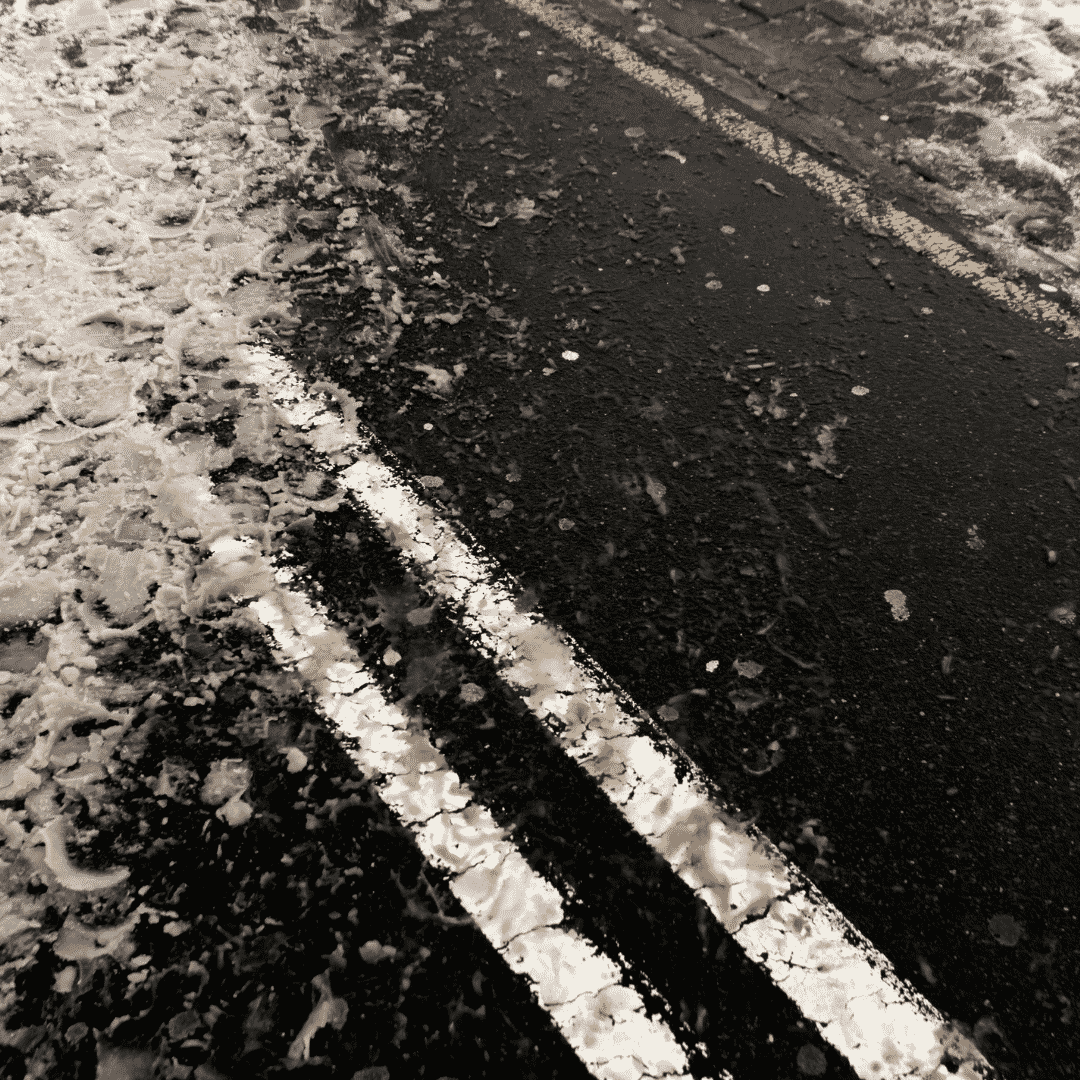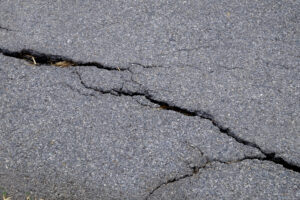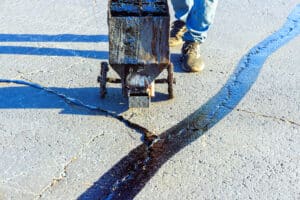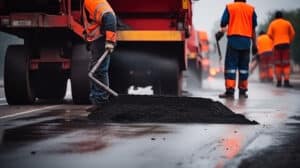It is that time of year again – winter. With the cold weather comes snow and ice, which can be a major problem for property managers. One of the most common issues that arise during winter is freeze thaw damage. When water gets into the cracks in asphalt, it can cause the pavement to break down and deteriorate. In this blog post, we will discuss what freeze thaw is, how it damages asphalt, and what to do when it happens.
What is a freeze thaw cycle?
A freeze/thaw cycle is a process that happens when water turns to ice and then back to water. When the temperature drops below freezing, the water in the cracks in asphalt will turn to ice.
As the temperature starts to rise, the ice will melt and run into other areas of the pavement, causing more damage. This process can repeat multiple times, which can cause a lot of damage to asphalt.
How do freeze thaw cycles damage asphalt?
When the water in the cracks turns to ice, it expands and puts a lot of pressure on the asphalt. This can cause the pavement to break apart and crumble. The ice will also raise the surface of the asphalt, which is known as frost heave.
Although not all soils are susceptible, water freezing and expanding in big lumps, known as “ice lenses,” causes frost heave. The material above these ice lenses is heaved upward with a lot of strength, deforming the pavement. As temperatures rise, these ice lenses will melt away, weakening the foundation layer and leaving large voids where the pavement used to be.
Can you do anything to avoid freeze/thaw cycle damage?
The greatest defense against the hazards of the freeze-thaw cycle is to ensure that your surface has enough drainage. Slope your pavement so that water runs off, and use drain tile piping to avoid frost heave. Once you have laid down your asphalt, seal any cracks that develop as soon as possible, or at least seal the surface every 2-3 years to prevent water from seeping in.
Cracksealing prevents water from entering and reaching the base and subgrade layers. However, if the cracking is widespread, a mill and overlay are other maintenance and rehabilitation practices that help restore the asphalt pavement surface.
How to spot and best handle freeze/thaw cycle damage
Freeze thaw cycles can cause a lot of damage to asphalt, so it is important for property managers and business owners to be aware of what to look for and how to handle it. By taking measures to prevent water from getting into the cracks, you can help protect your asphalt from the damaging effects of a freeze thaw cycle.
Freeze thaw damage is not always easy to spot, but there are a few things that you can look for. Signs of freeze thaw damage include:
- Potholes;
- Cracked or broken pavement;
- Sunken pavement;
- Unstable pavement;
- Water pooling on the surface;
If you are already experiencing freeze thaw damage, there are a few things that you can do:
- Remove the snow and ice as quickly as possible to reduce the amount of water on the surface;
- Patch any cracks or potholes that have formed;
- Seal any cracks that have not already been sealed;
- If the damage is too severe, you may need to have the pavement replaced;
- Seal coat the asphalt to add a waterproofing layer to the surface;
These are just a few of the things that you can do to minimize the damage caused by freeze thaw cycles. If you do end up experiencing freeze thaw damage, it is important to take action as soon as possible. The sooner you address the problem, the less damage will be done.
Repair your asphalt with help from Superior Asphalt, LC
In the Intermountain West, our harsh freeze thaw cycles can quickly cause potholes and other pavement damage. Contact the asphalt repair experts at Superior Asphalt, LC, to get the job done right! We have the experience and expertise to handle all of your asphalt repair needs.




